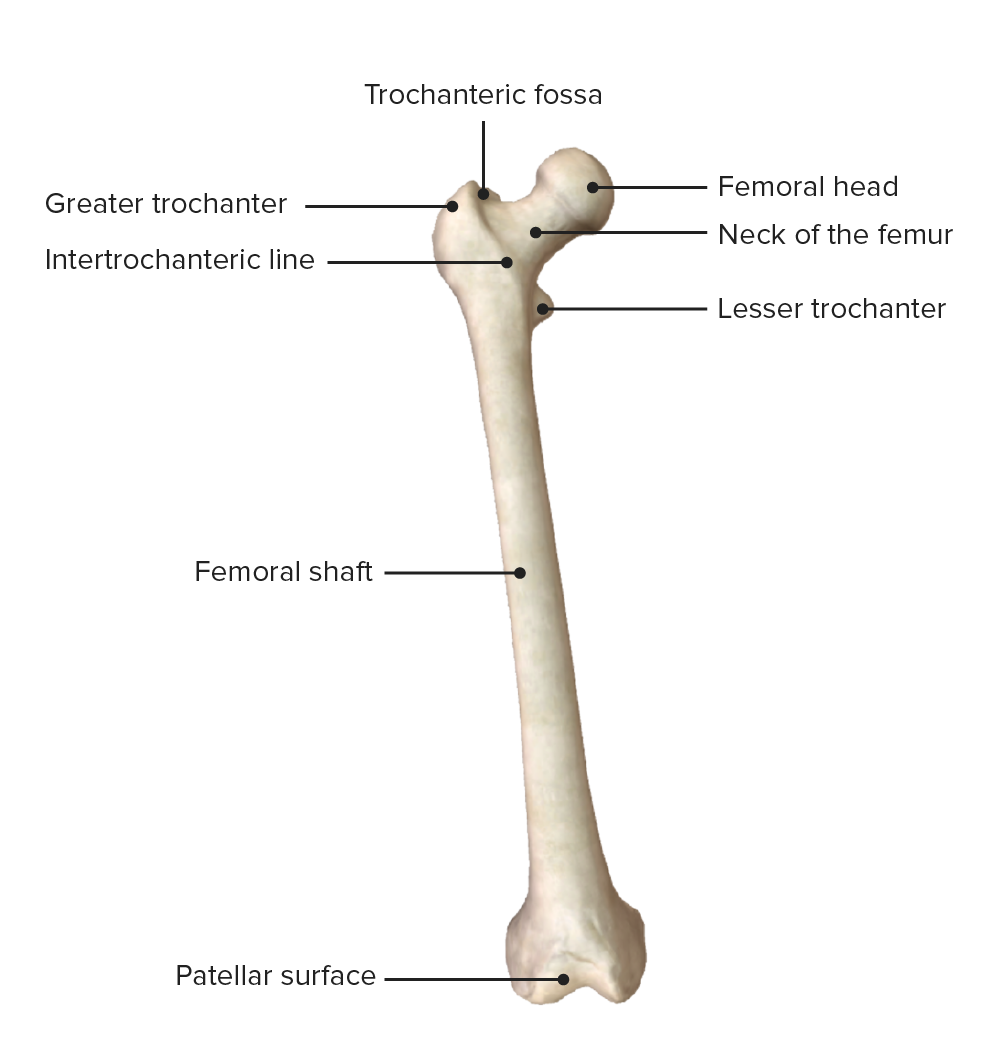Playlist
Show Playlist
Hide Playlist
Lumbar Plexus: in Situ – Lumbosacral Plexus
-
Slides 03 LowerLimbAnatomy Pickering.pdf
-
Download Lecture Overview
00:01 plexi together form the lumbosacral plexus. If we look at the lumbar plexus in-situ, then we can see we have a whole series of nerves radiating from the lumbar region of the spinal cord, here at the lumbar vertebrae. We can see the sympathetic chain running along, and we can see these large nerves passing out. We can see we have a whole series of nerves, and these nerves are important because they supply the muscles in the lower limb, which we’re going to talk about in the next few lectures. So let’s go through them. 00:33 Lumbar plexus, L1 to L4 - Obturator nerve, this is coming from L2, L3, and L4. The obturator nerve, you can see the obturator nerve passing down here on the right-hand side, and you can see the obturator nerve being formed here and running all the way down. The obturator nerve leaves through the obturator foramen in the pelvis, and it goes to supply the medial compartment of the thigh. So the adductor compartment of the thigh. The femoral nerve comes from the same root values as the obturator. So L2, L3, L4. The femoral nerve also comes from L2, L3, L4. And we can see the femoral nerve here. The femoral nerve is passing underneath psoas major muscle which we can see here. So the femoral nerve is just passing underneath psoas major which we can see here. We can pick up the femoral nerve on this side. 01:33 Again, we can see the various spinal nerves forming the femoral nerve. And the femoral nerve passes into the anterior compartment of the thigh by passing deep to the inguinal canal, the inguinal ligament, and we’ll look at this in more detail when we look at the anterior aspect of the thigh in a later lecture. But the femoral nerve passes deep to the inguinal canal, the inguinal ligament to enter the anterior compartment of the thigh. The other nerve we want to see here is the lumbosacral trunk. The lumbosacral trunk is coming from L4 and L5. And this is important as it actually descends down to form the sacral plexus. 02:13 So here, we can see the sacral plexus, and running down, we have the lumbosacral trunk. Coming from L4 and L5, this is taking information from the lumbar region down into the sacral plexus. So you have the communication now between the lumbar plexus and the sacral plexus, and that’s via the lumbosacral trunk which we can see running down here. If we then carry on looking at the nerves of the lumbar plexus, we have the iliohypogastric and the ilioinguinal nerves. These come from L1. The ilioinguinal and the iliohypogastric nerves, we can see them coming up quite high up. They pierce quadratus lumborum which is this muscle here. 02:58 And they come out from the same spinal cord segment, which is L1. And they run around the lateral aspect of the abdominal walls. They run in between transverse abdominis and internal oblique muscles. And they go and supply the pubic and inguinal region. Running on the anterior surface of psoas major, we find the genitofemoral nerve, the genitofemoral nerve originating from L1 and L2. Sometimes these nerves are actually together, and as we can see on this side and they pass a common trunk and then split. Or on this side, we can see we’ve got two trunks which are passing through psoas major. It’s not necessarily important but the genitofemoral nerve. The genital branch, which is not particularly important for this course, supplies the skin of the genitalium and it passes through the inguinal canal. It enters the inguinal canal via the deep inguinal ring and we can see it passing out of the spermatic cord here. Also, we have the femoral branch of the genitofemoral nerve, and this supplies a small patch of skin on the anterior thigh. We can just see it passing out here, the genitofemoral nerves, femoral branches. We also have the lateral cutaneous nerve of the thigh, the lateral cutaneous nerve of the thigh coming from L2 and L3. We can see it here passing from deep to psoas major, passing all the way out here. 04:28 And this is coming from L2, L3. It supplies a small patch on the anterolateral aspect of the thigh. Now, let’s move on to the sacral and the coccygeal plexi. These two
About the Lecture
The lecture Lumbar Plexus: in Situ – Lumbosacral Plexus by James Pickering, PhD is from the course Lower Limb Anatomy [Archive].
Included Quiz Questions
Which compartment(s) of the thigh does the obturator nerve supply?
- Medial
- Lateral
- Posterior and lateral
- Posterior
- Superficial
Which nerves are participants of the lumbosacral trunk?
- L4 and L5
- L1 and L2
- L2 and L3
- L1 and L3
- L6 and L1
Customer reviews
3,7 of 5 stars
| 5 Stars |
|
2 |
| 4 Stars |
|
0 |
| 3 Stars |
|
0 |
| 2 Stars |
|
0 |
| 1 Star |
|
1 |
very nice way of dissecting and thoroughly going over each HY nerve, much appreciated!
Best supplement for my med school anatomy lab. Easy to follow and thorough.
terrible lecturing anatomy is dry enough and you don't need a dry lecturere






